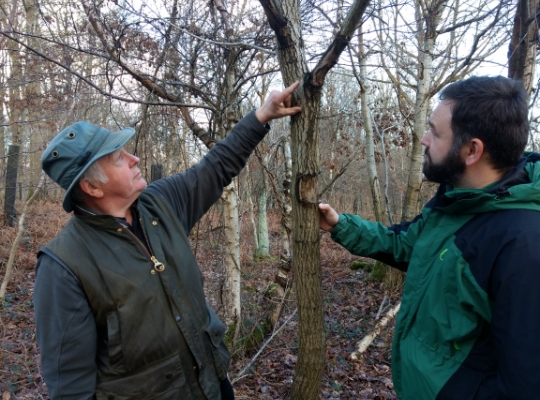Deciding when, where and how to adapt, over what timescales and how to monitor progress can involve complex decisions. The Climate Change Hub has been designed to help inform these decisions, whilst showing how others are approaching adaptation.
The 5-step adaptation framework provides the structure for assessing climate risks to a forest or woodland, and for selecting suitable adaptation measures. The Climate Change Hub guides users through the framework, providing information and resources to support each step. The UKFS Practice Guide: Adapting Forest and Woodland Management for the Changing Climate
Printed copies are available to purchase from Forest Research.
"*" indicates required fields
Being equipped with a good understanding of the climate risks to a woodland under the current management practices is key. This includes assessing the risks of events such as drought or storms, as well as how suitable current or planned tree species and management practices are likely to be in the future climate for the site given future conditions.
Once the key risks have been identified, the potential adaptation measures that could reduce or minimise the risks or increase the benefits provided by a woodland can be considered. Thinking through the potential adaptation measures available can identify windows of opportunity for actions, and how they might change with time due to climate or management actions.

Action should be taken where climate change is projected to cause significant negative impacts or unacceptable levels of risks to forests under current management plans. Similarly, actions should be taken where climate change offers opportunities to improve the economic, social, and ecological benefits from forests.
As the rate of climate change accelerates, there will be a need for more anticipatory adaptation measures – those that anticipate and try to reduce future impacts. Adaptation actions can sometimes be reactive, that is responding to impacts that are already occurring where they exceed acceptable limits.
Taking action will generate opportunities to learn from and share experiences. You can see how others are adapting their forests and woodlands to manage climate change risks and increase resilience in our case studies.
As you navigate the Climate Change Hub and plan to adapt your woodland, you may want to refer to the checklist below to ensure you have considered the following:
The UKFS Practice Guide ‘Adapting forest and woodland management to the changing climate’ guides practitioners through the process from assessing climate change risks to implementing adaptation measures.
Printed copies are available to purchase from Forest Research.
Printed copies are available to purchase from Forest Research.
"*" indicates required fields
